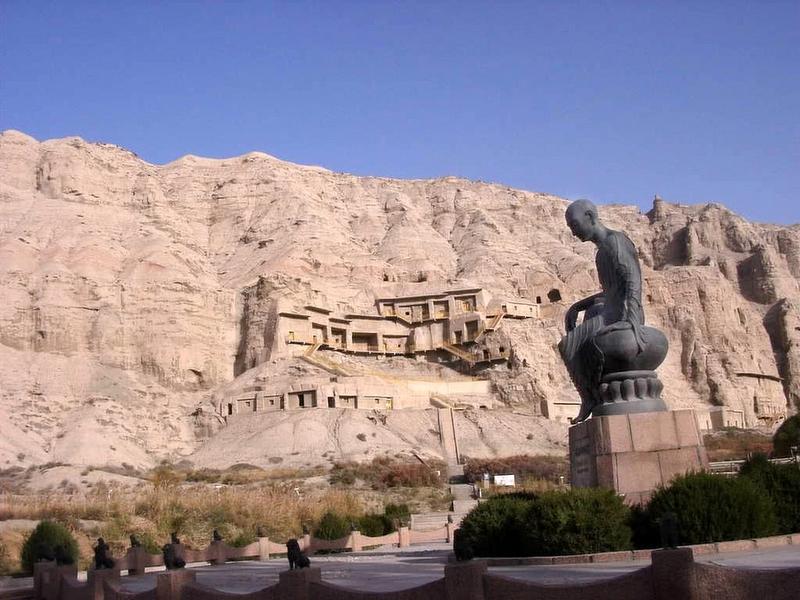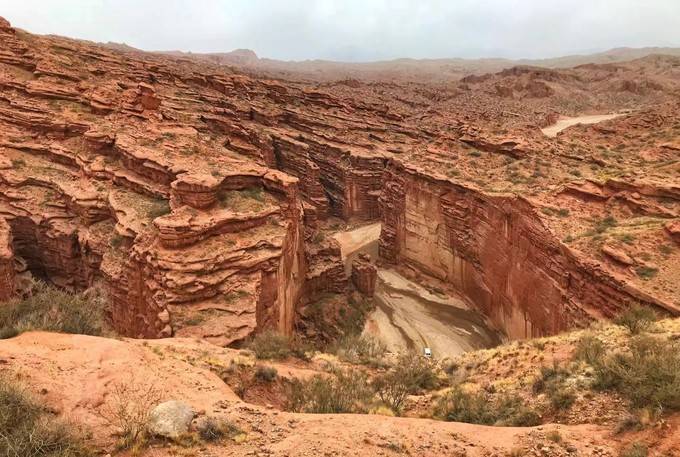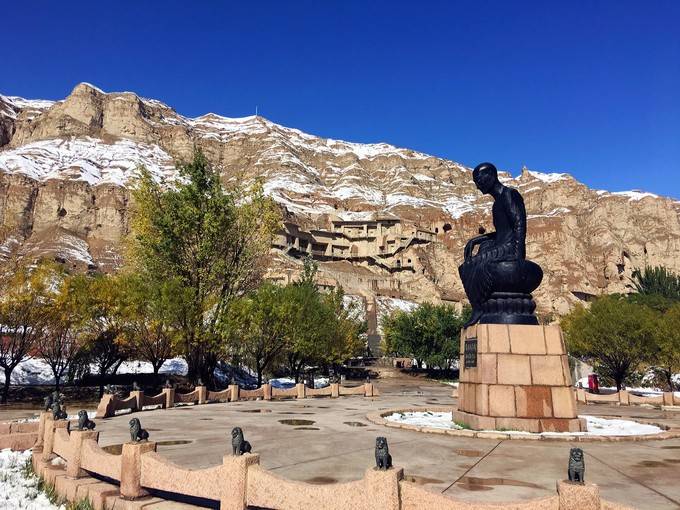Aksu Duolang River National Wetland Park
Aksu Duolang River National Wetland Park boasts large areas of lakes, forests, and a variety of flowers. Throughout the year, various flowers such as Gesang and chrysanthemums bloom in their respective seasons, creating a colorful and vibrant scene. The park has a very good ecological environment, attracting various bird species to inhabit, including nationally protected animals like kingfishers and hummingbirds, which are awe-inspiring.
Daolang Tribe
The Daolang people are definitely a must-visit attraction in Aksu. Originally ruled by the Chagatai Khanate of the Yuan Dynasty, the region fell into disarray at the end of the Yuan and the beginning of the Ming Dynasty, leading to various factions vying for control and waging wars. Many refugees, ravaged by the chaotic times, fled to this area, forming the Daolang people. Based on the 'Daolang Tribe,' traditional folk customs such as traditional dwellings, handicrafts, and folk museums are showcased, along with natural landscapes like the poplar forest and streams from melting snow mountains.
Wensu Grand Canyon
Also known as 'Kuduluke Grand Canyon'. Here, you can not only see the wind-eroded Yardang landforms with regional characteristics, but also the extremely rare rock salt karst landforms in China, and even the Danxia landforms. On a clear day, you can enjoy the breathtaking view of distant snow-capped mountains from the high points of the canyon.
Tianshan Sacred Wood Park
As the name suggests, the main attraction of Tianshan Sacred Wood Park is its vast number of ancient trees. The park features various species such as poplars, mulberries, apricots, and walnuts, with ages ranging from a hundred to a thousand years. The trees have unique shapes and intertwined roots, making visitors feel as if they are in a paradise. Additionally, there is an Islamic cemetery built around the 11th century, telling the story of ancient Middle Eastern missionaries who came here.
Not only is it a national key cultural relic protection unit, but the Kizil Caves are also listed in the World Heritage List. Its remarkable feature lies in the more than 200 caves on the cliffs of the Mingwutag Mountain. From the 3rd century to the 9th century AD, the Kizil Caves preserved exquisite Buddhist murals. Even though many artifacts were taken by foreign explorers and archaeologists like Stein and Le Coq in modern times, a large number of relics still remain.













